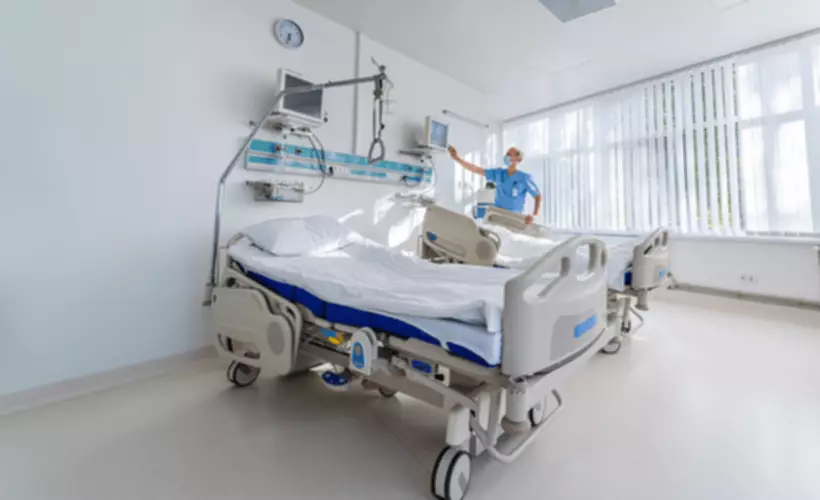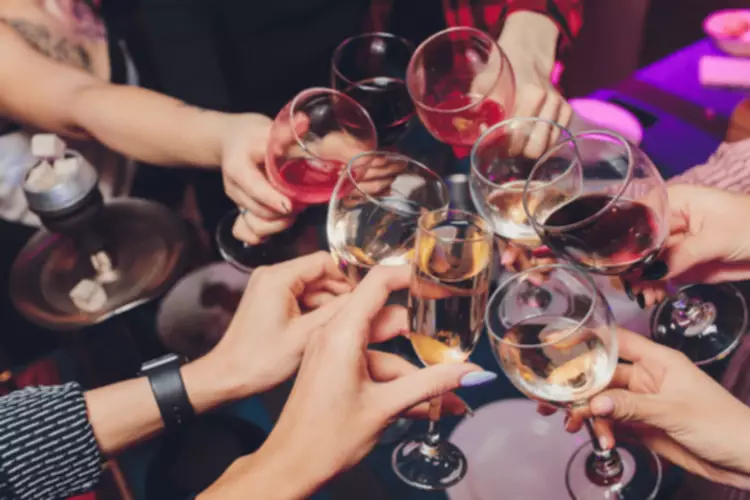He had a large, bulbous nose that he referred to as his “gin blossoms,” presumably from the amount of gin he drank. If you develop rhinophyma, your nose may appear red, large, and even bumpy or bulbous. The visual side effects are most obvious on the tip and lower part of the nose, since the actual bone structure is not affected by the condition.
What Causes Alcoholic Nose
- While some people may experience flushing or redness when they consume alcohol, this doesn’t mean those people all suffer from rhinophyma.
- Of course, there are many snap judgments that people make when they see the physical effects of rhinophyma in person, especially in extreme cases.
- The procedure smoothes or removes rough, thickened areas of skin and is safe and effective.
- Alcohol can cause liver disease and kidney problems as well as increase your risk of cancer, heart attack and stroke.
An alcoholic nose is not a true diagnosis of alcoholism or even a sign of it in many cases. As stated earlier, the medical definition of an alcoholic nose is rhinophyma. Drinking alcohol has been debunked by research as a direct link to this condition. But we do know that drinking can cause more flushing in people with rosacea.
Surgical treatments
Rosacea is a chronic skin condition that is characterized by facial flushing—especially in the nasal area or cheeks—and irregular redness. As part of rosacea, small, red, and pus-filled bumps might also form on the face. Located in the serene environment of Scottsdale, Arizona, our team of addiction specialists provides comprehensive treatment options in a luxurious and supportive environment. Our alcohol treatment programs incorporate evidence-based therapies, individual and group counseling, relapse prevention planning, and holistic wellness practices. We are committed to helping individuals achieve lasting recovery and build a healthy, fulfilling life. If a person suffering from rosacea also has rhinophyma, the flushing in the face due to alcohol can increase the visibility of their rosacea and rhinophyma symptoms.
Treatments for ‘Alcoholic Nose’
The symptoms might be very mild for an amount of time and then the cycle is repeated again. You might be familiar with a pervasive stereotype of alcoholics having a red face or a plump, bulbous kind how much does the average american spend on alcohol of nose. Surgical and drug-based treatments can help, but limited research suggests that the condition may recur after surgery. Later, the nasal skin grows and the tip of the nose becomes larger.
Alcoholic Nose: Signs, Causes and Treatments
Therefore, a common cause of rhinophyma is having long-term rosacea. For people who develop rhinophyma, their face skin thickens, especially around the nose. clonidine withdrawal syndrome However, alcohol addiction can cause a person to neglect their health, which can mean side effects on any pre-existing health conditions, including rosacea.
Some people might be prescribed a low dose course of isotretinoin (Accutane) to help shrink enlarged oil glands that might also be contributing to skin thickening and symptoms. Topical retinoids might also be recommended for anyone who catches the condition in its early stages. If inflammation is present because of a bacterial infection, then oral antibiotics such as tetracycline may be prescribed to manage the infection. However, multiple methods might be recommended to manage the thickened skin.
If you or a loved one are experiencing side effects related to alcohol abuse and addiction, help is available. Dermatologists recommend anti-acne treatments like topical creams to moisturize dry skin resulting from rosacea. Just because they have swelling and discoloration around the nose does not mean they are an alcoholic. This stigma has caused many people to feel uncomfortable and ostracized from society.
Researchers do not fully understand the cause, but they know that the precursor is acne rosacea, which involves inflammatory breakouts of pimples. The condition is much more common in males than females and usually develops between the ages of 50–70. These symptoms are likely to occur on the bridge of the nose and the cheeks. Although there are no direct stem causes of alcoholism and rosacea that meet at one point, there is a connection between them.
They can help prescribe a lotion or medication that you can take to reduce the inflammation and lower the visible symptoms of your rosacea. Because alcoholic nose and alcoholism are not officially connected, it is hard to say that alcoholic nose points to an addiction. However, if somebody has rhinophyma or rosacea and drinks heavily, their symptoms will be agitated. While rhinophyma is often dubbed “alcoholic nose,” the reality is that it’s a type of rosacea — meaning that heavy drinking isn’t actually linked to it. This is a skin disorder called rhinophyma, which is a side effect of another type of skin condition called rosacea. It is also important to note that environmental factors and consumption of several foods and drinks can be responsible for rosacea.
Rosacea also causes an increased number of pimples and poorer skin quality. If preventative techniques don’t work and you develop this skin condition, surgery is the most common method of treatment. Some acne medications may also reduce many of the symptoms of rhinophyma. Rosacea is not caused by alcoholism, but alcohol abuse can affect rosacea, which may worsen the appearance of a drinker’s nose.
Other physical effects of addiction are not visible but still dangerous. Excessive drinking can damage and disease the liver, heart, and other parts of the body and contribute to diseases such as diabetes and various types of cancer. People who have noses that are inflamed, bulbous, and red often have rhinophyma, which might be a form of a alcohol and accutane condition known as rosacea. The content on RehabNet.com is intended purely for informational and educational purposes. The information available on RehabNet.com shouldn’t be utilized as a means to diagnose or treat health issues or diseases. If you think you might be facing a health challenge, please consult with a healthcare professional.









